Brass Profiles
$1.00
Description
Brass Profiles: A Versatile and Durable Material for Diverse Applications
Brass, an alloy of copper and zinc, is renowned for its unique blend of properties, including malleability, ductility, and corrosion resistance. These attributes make brass profiles a sought-after material for a wide range of applications across various industries.
Exquisite Architectural Accents
Brass profiles are extensively employed in the architectural realm, adding a touch of elegance and sophistication to interior and exterior designs. Their versatility allows for the creation of intricate moldings, trims, edging, and decorative accents that enhance the visual appeal of buildings and spaces.
Functional Components for Diverse Industries
Beyond their aesthetic appeal, brass profiles serve as functional components in various industries. Their durability and machinability make them ideal for applications in plumbing, electrical, and automotive sectors. Brass profiles are used in the fabrication of pipes, fittings, valves, electrical connectors, and automotive components.
Manufacturing Methods for Brass Profiles
Brass profiles are typically produced through two primary methods: extrusion and rolling.
Extrusion: In extrusion, heated brass billets are forced through a die to create continuous profiles with specific shapes and dimensions. This method is suitable for producing complex shapes with intricate details.
Rolling: In rolling, heated brass sheets are passed through a series of rollers to achieve desired thicknesses and widths. This method is commonly used for producing flat profiles, strips, and sheets.
Advantages of Brass Profiles
-
Corrosion Resistance: Brass exhibits excellent corrosion resistance, making it suitable for use in harsh environments and applications where exposure to moisture or chemicals is a concern.
-
Malleability and Ductility: Brass is highly malleable and ductile, allowing it to be easily formed, shaped, and machined into various shapes and components.
-
Aesthetics: Brass possesses a warm, golden hue and can be polished to a high shine, making it an attractive material for architectural and decorative applications.
-
Electrical Conductivity: Brass offers moderate electrical conductivity, making it suitable for use in electrical components and wiring applications.
Applications of Brass Profiles
-
Architectural Moldings and Trims: Brass profiles are widely used for creating moldings, trims, edging, and decorative accents in interior and exterior architecture.
-
Plumbing Fixtures and Fittings: Brass is a common material for manufacturing plumbing fixtures, such as faucets, valves, pipes, and fittings, due to its corrosion resistance and durability.
-
Electrical Components: Brass profiles are used in electrical connectors, switch plates, and other electrical components due to their electrical conductivity and machinability.
-
Automotive Components: Brass is employed in various automotive components, including radiator components, fuel fittings, and decorative accents.
-
Musical Instruments: Brass is a key material in the construction of brass instruments, such as trumpets, trombones, and tubas, due to its unique acoustic properties.
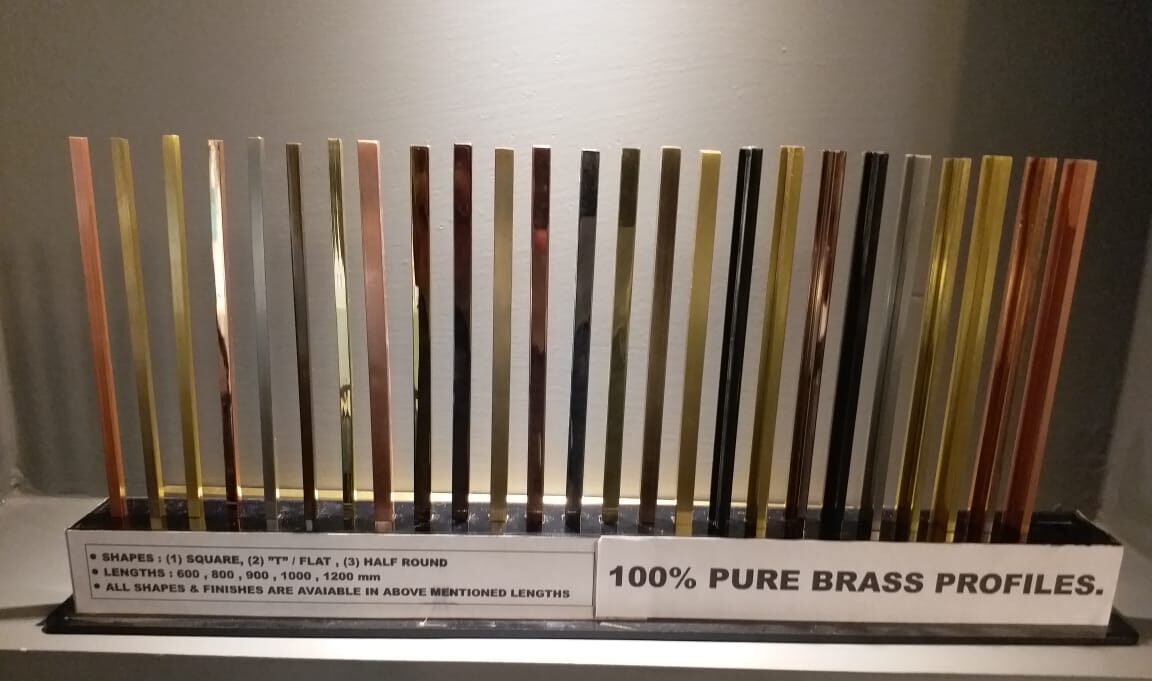
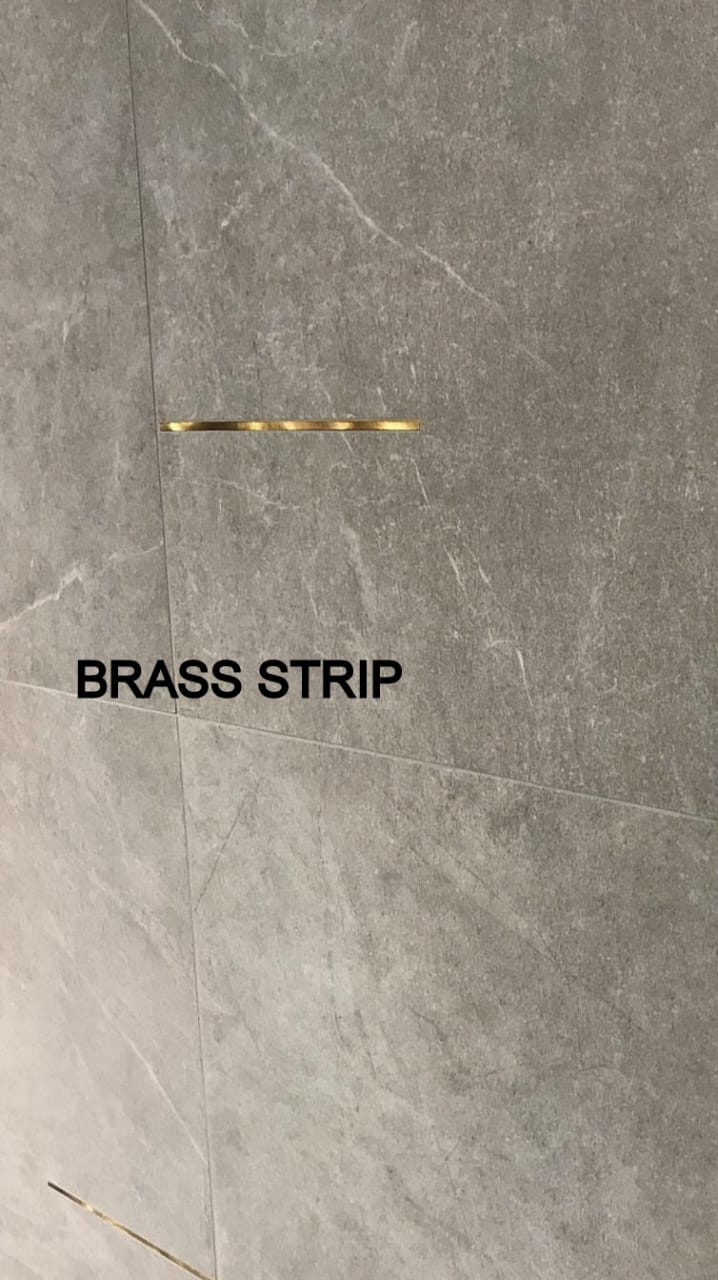

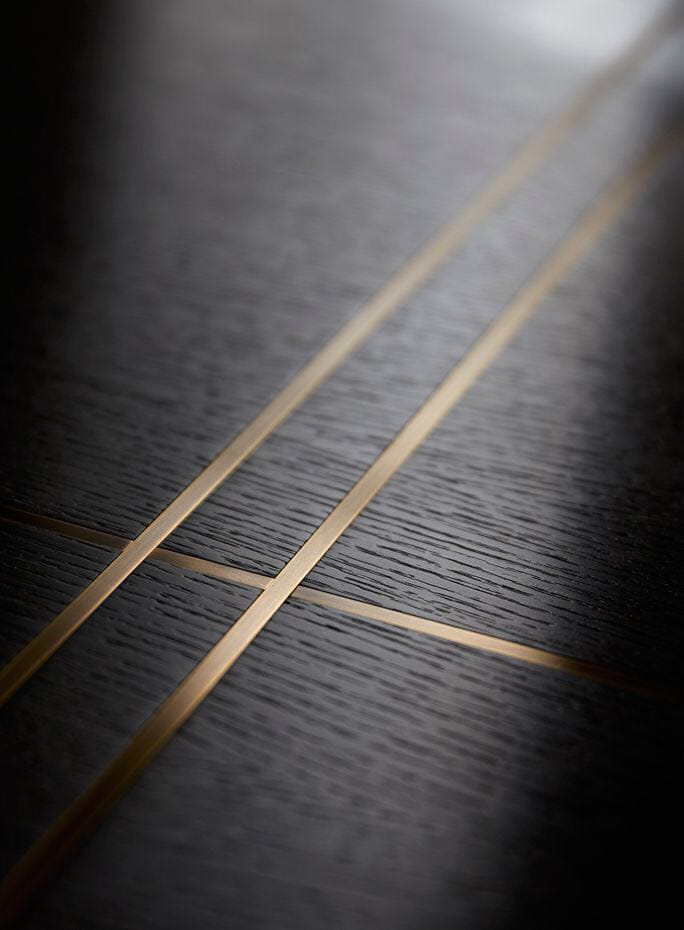
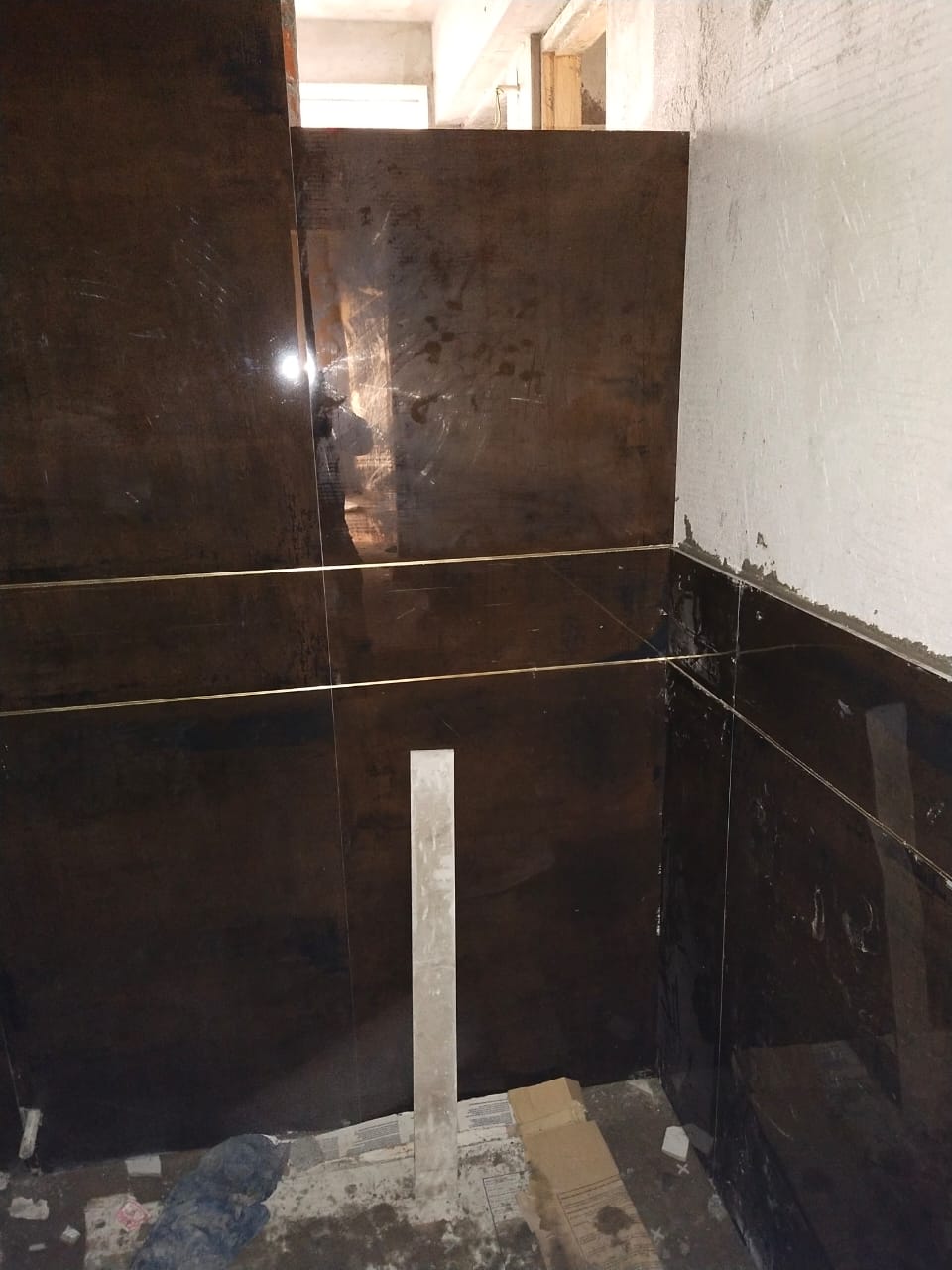
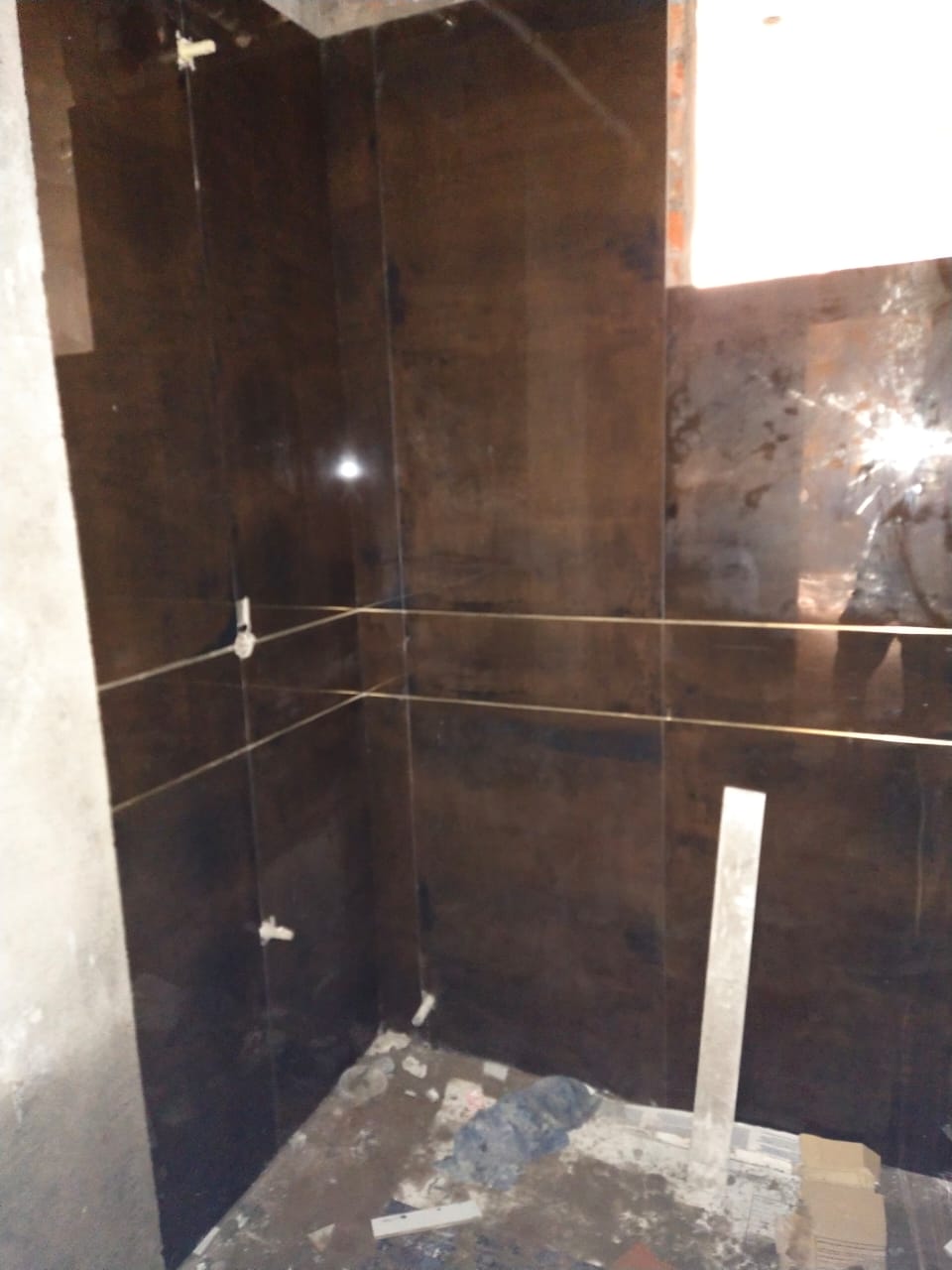
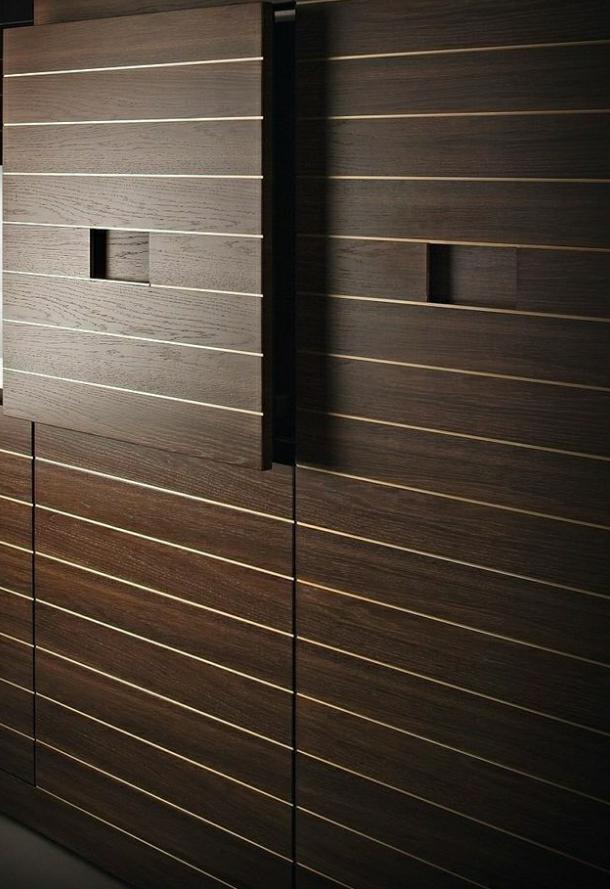
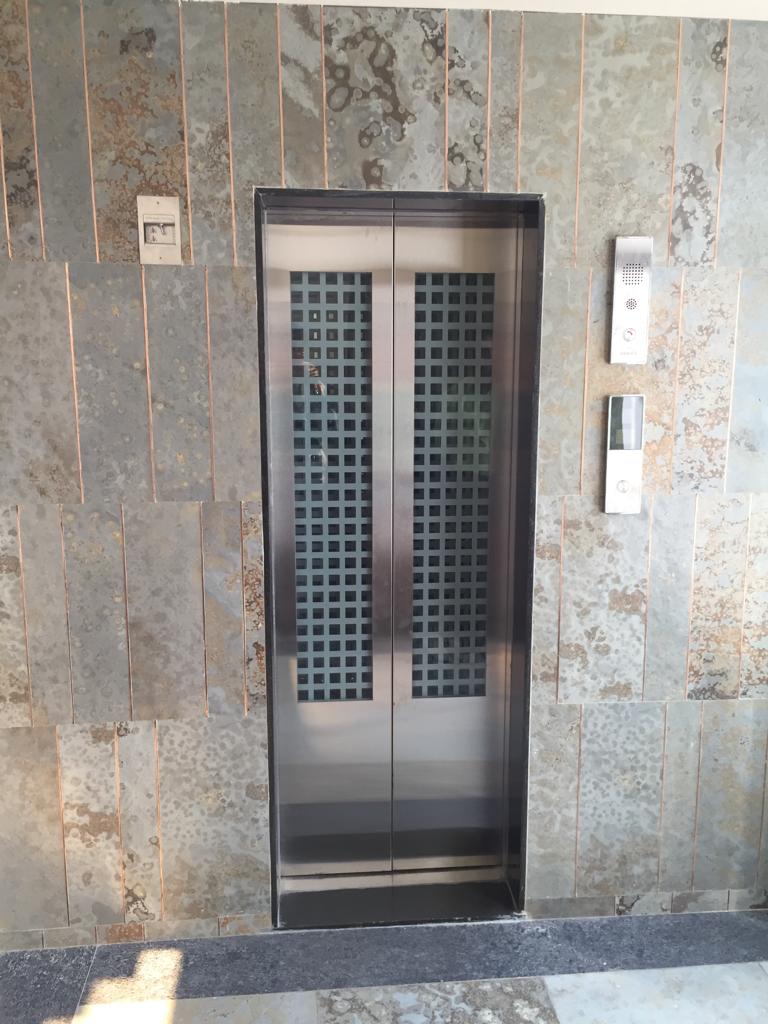
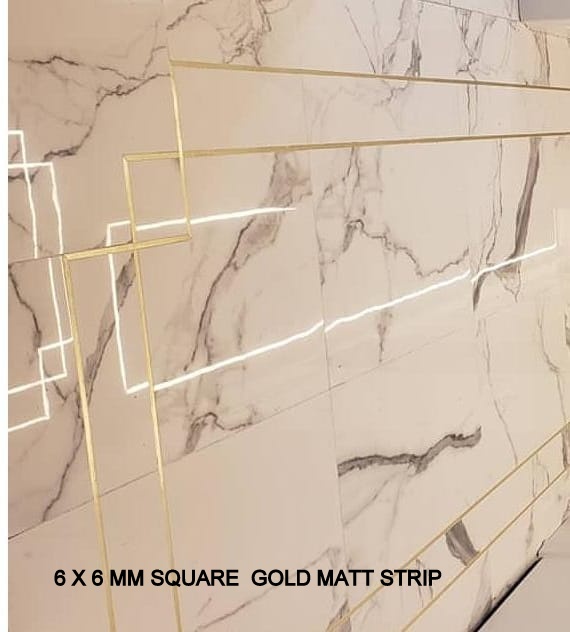
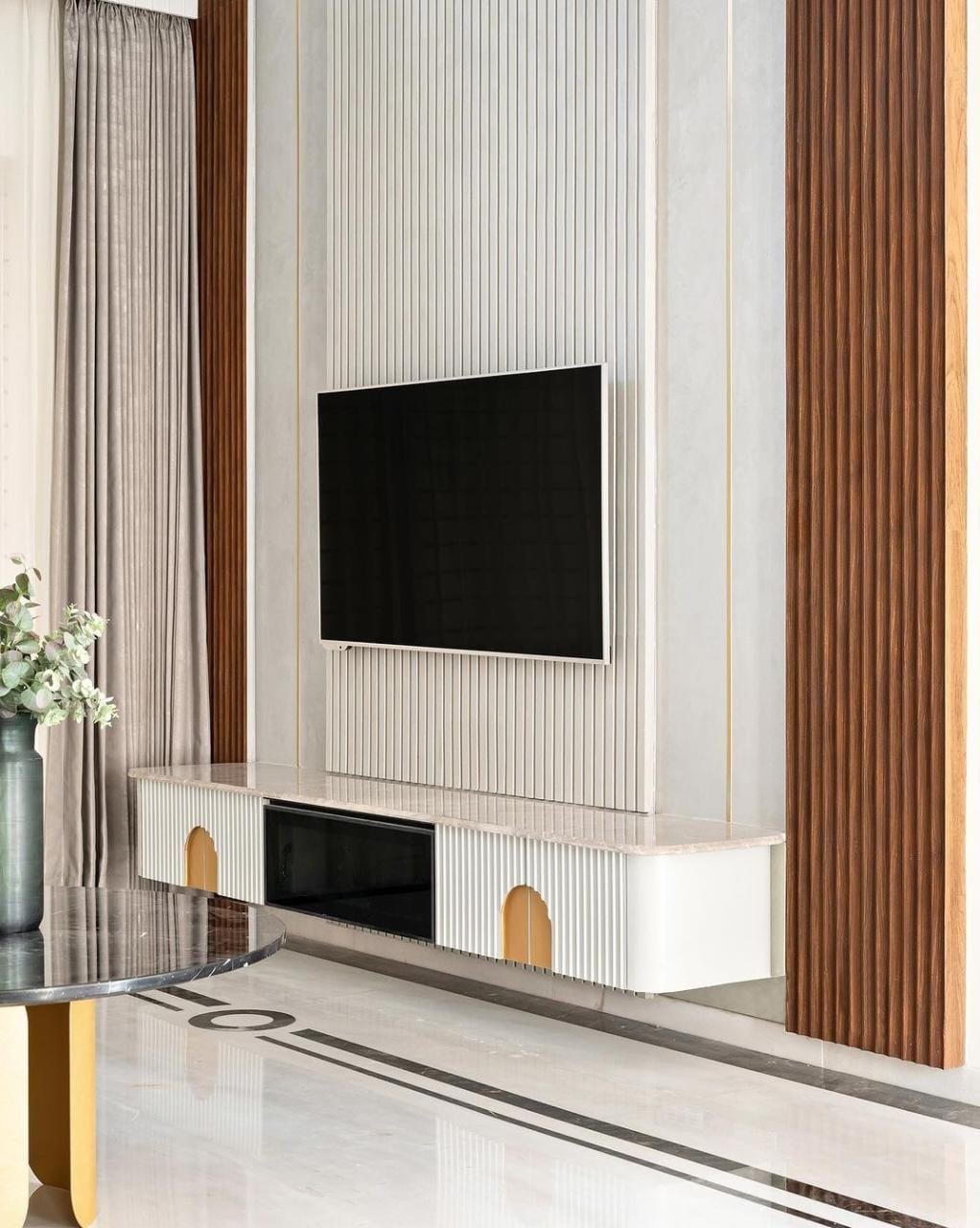
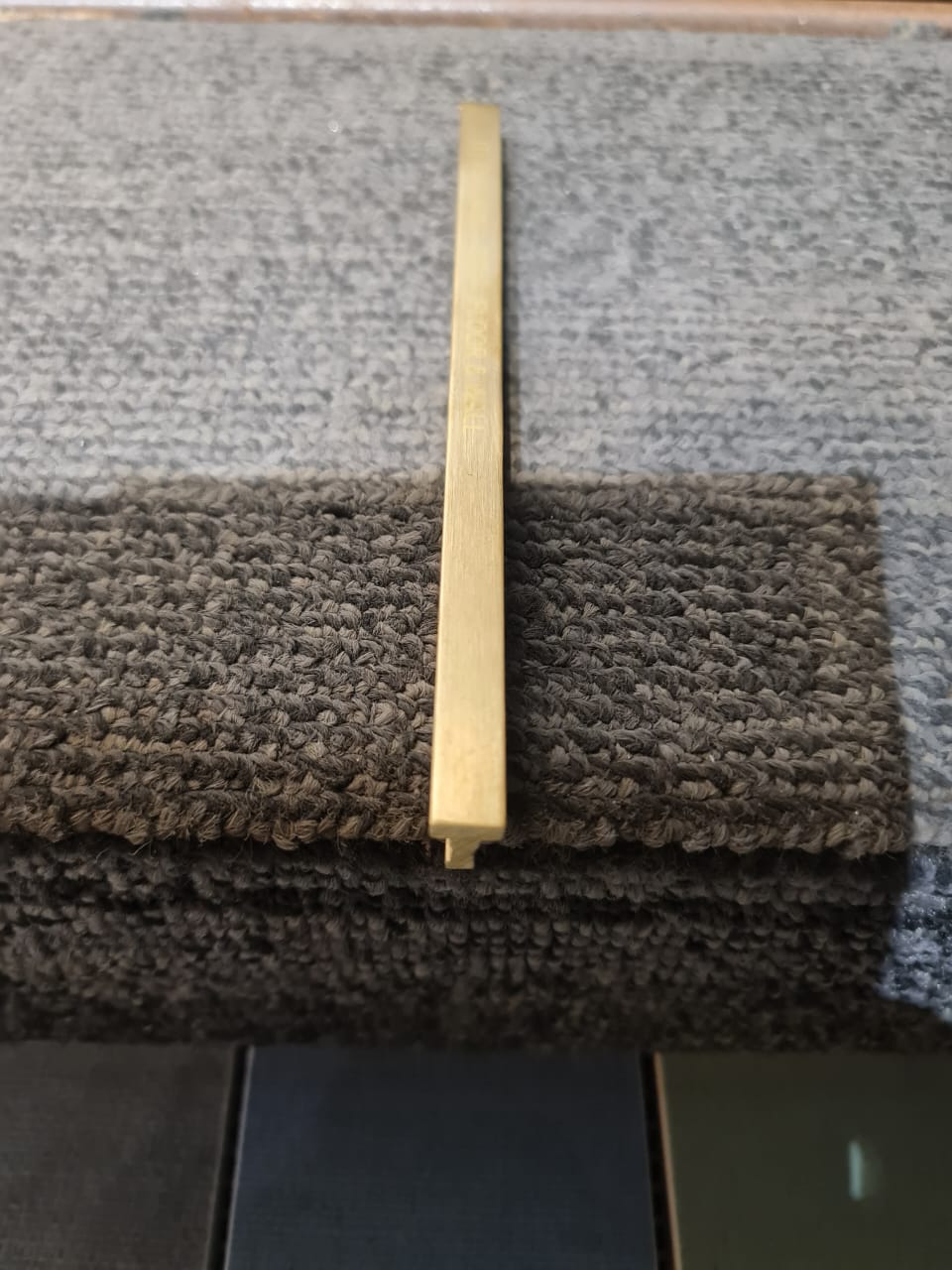

Reviews
There are no reviews yet.